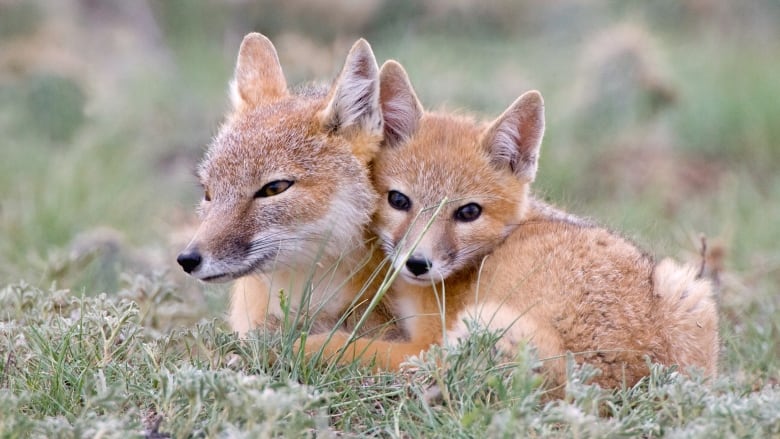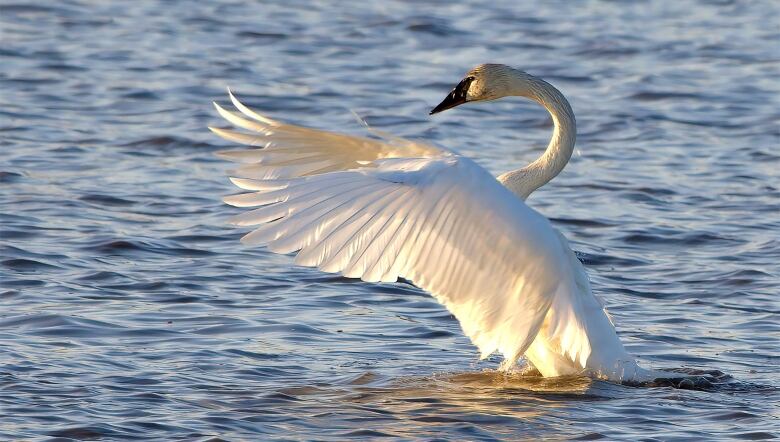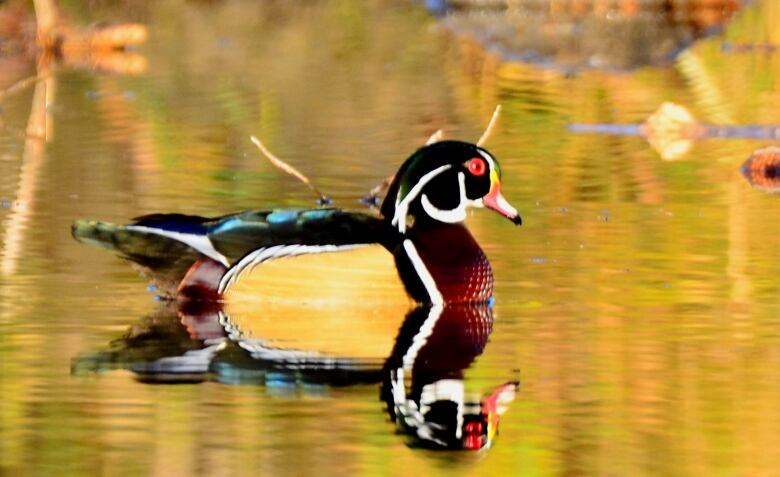How conservation efforts have helped some at-risk species in Alberta
Bison, swift fox, trumpeter swans and pronghorn antelope have recovered

It's Canadian Environment Week, and to mark the occasion, the Nature Conservancy of Canada (NCC) is shining a light on 10 Canadian species that were savedfrom extinction and arenow rebounding in the wild including many that make their homesin Alberta.
The conservancy is hosting a webinar on June 10 called Saving Canada's Species:10 Stories of Canadian Wildlife Recovery and Why They Matter.
The NCC says itwillemphasize successful conservation effortsas scientists warn of a looming"age of extinction."
The webinar will be hosted by Dan Kraus, a senior conservation biologist with the conservancy.

Kraus recently wrote in a column for the Hamilton Spectator that this extinction will be attributed to the impact on habitat by humans, rather than by asteroids or volcanoes.
However,Kraus told the Calgary Eyeopener on Thursday thatreversing the trajectory of these species is possible and in Alberta, examples include bison,the wood duck, the trumpeter swan, the peregrine falcon, the wild turkey, the American white pelican, the swift fox, the ospreyandthe bald eagle.
"Behind every one of these recovery stories is a story about people," Kraus said.
"Sometimes it's individual[and] sometimes it's a group of people that cared enough to try to make a difference."
Alberta's success stories
The conservancy says that in Canada,over 800 species are at risk, including the bumble bee and shorebird populations that are in decline. Meanwhile, others have disappeared entirely, such as sea mink and passenger pigeons.
However, thanks to captive breeding and reintroduction programs, the implementation of protective laws, and evolving perceptions of wildlife and its importance, many that were once at risk are rebounding.

A widely known example of this is Alberta'sbison population, which wasreintroduced in the early 1900s to places like Banff National Park and Elk Island National Park, where habitats are protected and herds are tested for disease.
But Kraus said this isnot the only instance of conservation efforts making a notable difference in the province.
Pronghorn antelope, for example, were once abundant in Albertabut came close to extinction until large sections of their habitats were protected by the NCC.

The prairie fox also vanished from the Canadian Prairies, but translocation efforts successfully brought it back to Alberta, Saskatchewan and Manitoba, Kraus said.
Bird populations like the wood duck that were once hunted commercially in Canada are also recovering due to relocation projects, nest boxes,enhanced habitat protections, laws that protect most species of birdsand a reductionof chemical usage,such as DDT.
"Because [the wood duck is] fairly common now, we've maybe kind of forgotten this story that at one point there was concern that it could be lost forever. It was heavily hunted. There was habitat loss that was occurring," Kraus said.
"But thanks to that Migratory Birds Convention Act, thanks to the efforts of hunters and landowners to put up nesting boxes, it's a bird now that has recovered and is again quite common."
Habitat loss ongoing challenge
According to Kraus, while these are some examples that provide us with evidence that conservation efforts can be successful, the ongoing challenge is habitat loss.
He says we need toacknowledgeand be inspired bythe understanding that thereare steps we can take to directly change these outcomes.
"Many of our Prairie grasslands are continuing to disappear. We're losing wetlands, and without habitat, we won't have wildlife," Kraus said.
"There are these bright spots of where conservation has worked [but] we need to respect that work that was done, and just think about how future generations are going to appreciate the conservation efforts that we're doing today."
With files from the Calgary Eyeopener.












_(720p).jpg)


 OFFICIAL HD MUSIC VIDEO.jpg)
.jpg)



























































































